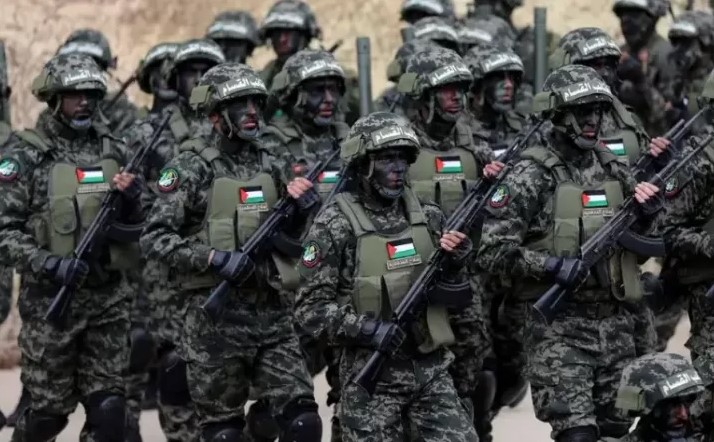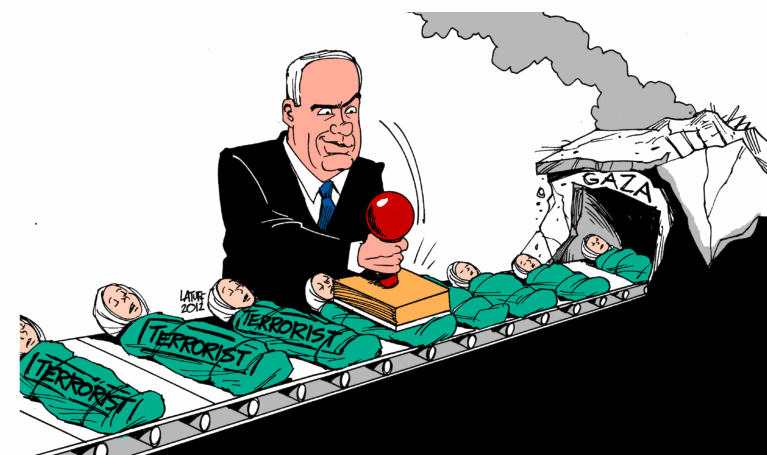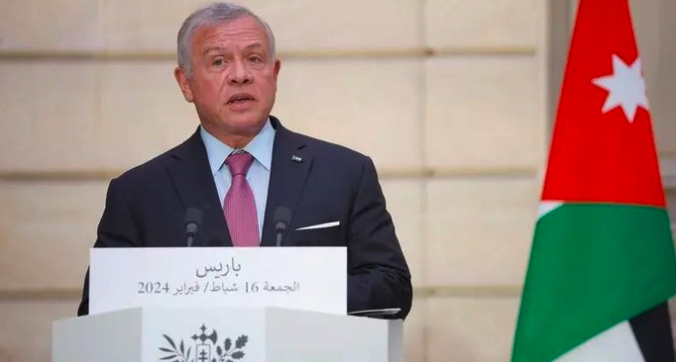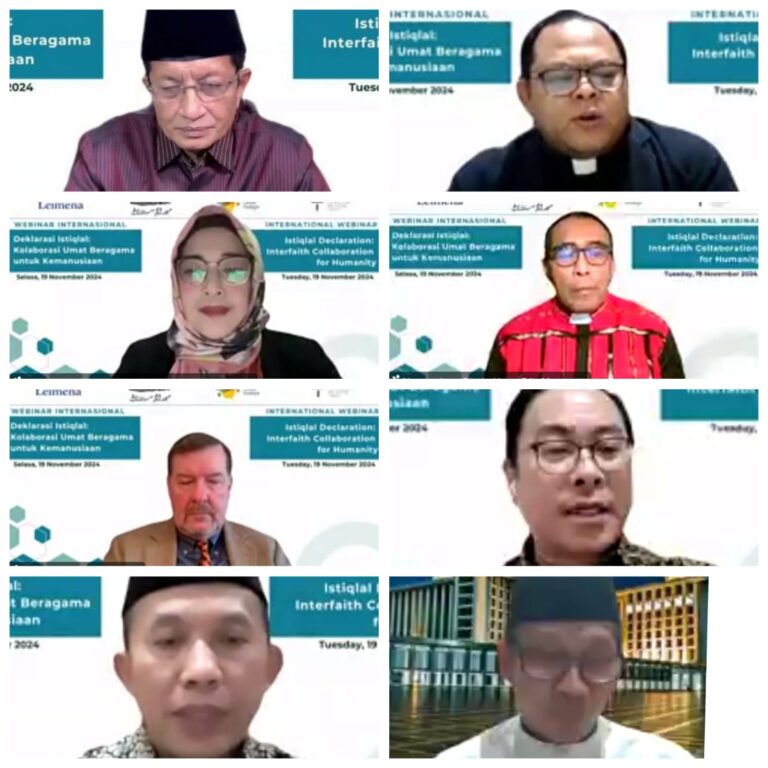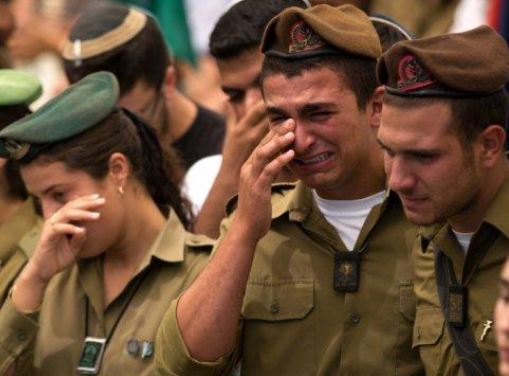
Tentara Israel menangis takut perang melawan Hamas
STRATEGIC ASSESSMENT. The Israel Defense Forces (IDF) are continuing to push further into Rafah, where Israeli Prime Minister Benjamin Netanyahu has declared his intention to eliminate four Hamas battalions operating from the area. Israel reports that in parts of eastern Rafah, its troops have been dismantling tunnel shafts and rocket launchers belonging to Hamas. IDF ground combat troops and Hamas militants have also been engaging in close-quarters combat in areas previously cleared by Israel, including the Gaza City neighborhood of Jabaliya and parts of Zeitoun, where Hamas has been firing mortars at Israeli troops. In response, Israel has conducted dozens of airstrikes targeting parts of northern Gaza where militants have returned, while IDF tanks have also moved against Hamas cells hunkered down in northern Gaza. Even as Netanyahu has threatened a prolonged counterinsurgency, to date, the IDF has not pursued a classic clear-hold-build approach to fighting in Gaza.

The Israeli Prime Minister’s rhetoric sharpened recently, following the disappointment of a failed cease-fire agreement last week, and he has proclaimed that the IDF will go into Rafah with “extreme force,” the exact scenario the Biden administration is hoping to avoid. Netanyahu has stated that his objective is to “demilitarize” Gaza, although the destruction wrought by pursuing such an approach would make an already dire humanitarian situation immeasurably worse. It will also be incredibly difficult to dislodge Hamas from Gaza, as new reporting this week detailed just how entrenched the group is and how it constructed an extensive and iron-fisted internal security unit to conduct surveillance on any Palestinians who criticized Hamas or expressed dissent.
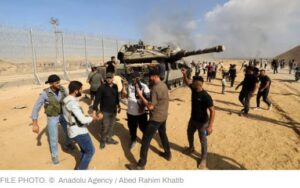
U.S. Secretary of State Antony Blinken has again expressed concerns over a growing disconnect between Israel’s political and military strategy in the conflict, suggesting that Israeli tactical victories won’t be “sustainable” without a comprehensive plan for what happens after the fighting stops. Without a clear strategy for governance in Gaza, Blinken warned that the result would be “chaos,” “anarchy,” and ultimately, rule by Hamas again. The New York Times is reporting that some generals and members of the Israeli war cabinet are frustrated with Netanyahu’s failure to “develop and announce a process for building an alternative to Hamas to govern Gaza.” There are reports that Washington would like to see a revitalized Palestinian Authority (PA) in charge of Gaza, with the help of Arab states, but most indications are that this would be a no-go for Netanyahu and his closest allies in government because it would likely include preconditions for the establishment of a Palestinian state.

Fighting this week continues to demonstrate the complexity of urban warfare as both the IDF and Hamas fighters maneuver for leverage amidst the continuous flow of internally displaced persons (IDPs) and civilians attempting to flee areas under bombardment. The United States is not confident that Israel has properly planned for humanitarian aid for those Gazans who would be forced to flee Rafah. More than 360,000 Palestinians fled the city last week (out of 1.3 million people seeking shelter there), and the IDF seized the Gaza side of the Rafah border. The seizure of the border has drastically increased tensions between Israel and Egypt, which could impact ongoing negotiations that Cairo has been a key interlocutor throughout. Even with the recent failure of yet another deal that would have included a ceasefire and hostage release, the main parties to the talks continue to work behind the scenes, although ongoing diplomacy will be directly impacted by events transpiring on the battlefield in Gaza. The negotiations have been described as nearly at a stalemate and it remains unclear if the primary parties to the talks will be able to move beyond this impasse.
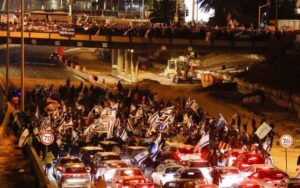
The political dynamics of the IDF’s operation in Rafah are also making headlines. The World Food Program (WFP) said a full-scale invasion of Rafah would be “catastrophic,” given the rapidly deteriorating humanitarian conditions. According to the Associated Press, only two organizations that were partnering with WFP were able to distribute food and there were no bakeries operating in the city. The United Nations has stated that “full-blown famine” is occurring in parts of northern Gaza, while more than one million Palestinians are “on the brink of starvation.”
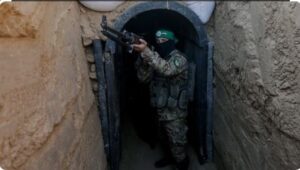
Blinken has been speaking with Israeli Defense Minister Yoav Gallant in an effort to limit the scale, scope, and intensity of an IDF operation in Rafah. In a controversial move, the Biden administration said it would not supply offensive weaponry for a full-scale IDF assault on Rafah and that the U.S. could withhold further weapons shipments if Netanyahu decides to cross what the U.S. president has drawn as a red line. “What we’ve been clear about is that if Israel launched this major military operation into Rafah, then there are certain systems that we’re not going to be supporting and supplying for that operation,” according to Blinken. Netanyahu’s far-right allies are pushing for an all-out assault on Rafah, operating under the assumption that increasing military pressure will strengthen Israel’s hand in negotiating the release of more hostages. Meanwhile, U.S. intelligence has indicated that Hamas’s military leader, Yahya Sinwar, is in Khan Younis, deep within the group’s tunnel network and surrounded by hostages.


